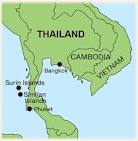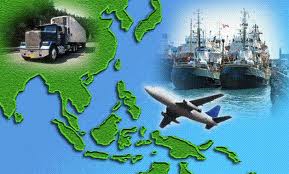Indonesia has a huge potential to become the world's leading producer of natural rubber. In addition to climate and environment that meets the requirements for growth and development, Indonesia also has a relatively large workforce. Large areas and that many workers do not provide optimal results when not supported by the willingness and ability of the application of technology.
Rubber as an industrial raw material requires a good quality assurance systems, typically based on the determination of the quality of end product testing. This system has many weaknesses of which are not yet able to guarantee contamination-free and consistent.
Rubber as an industrial raw material requires a good quality assurance systems, typically based on the determination of the quality of end product testing. This system has many weaknesses of which are not yet able to guarantee contamination-free and consistent.

























